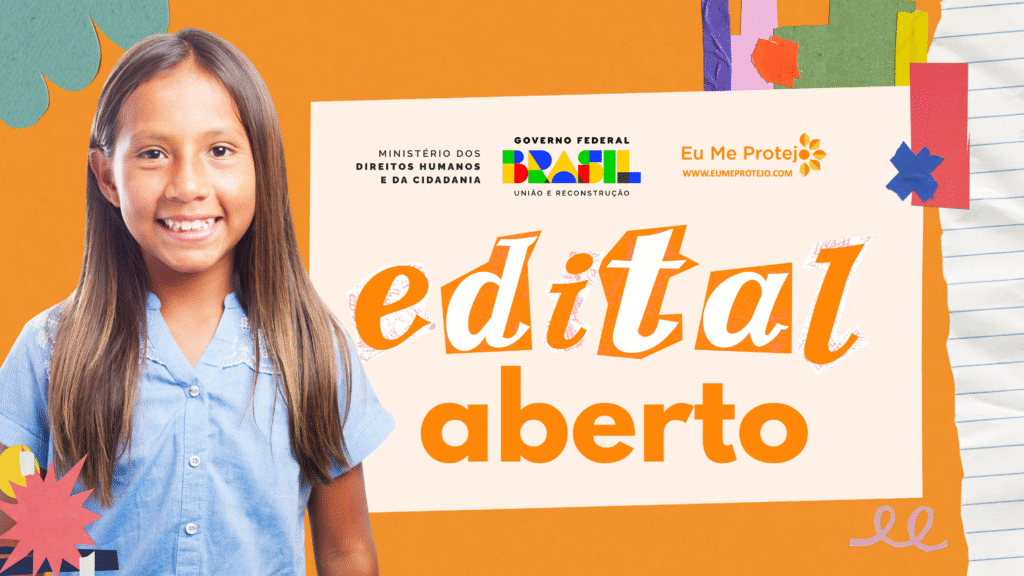Articles to help your child with sensory integration issues, including an interview with Carol Kranowitz, author of the popular book The Out of Sync Child.
http://www.comeunity.com/ disability/sensory_ integration/Developmental Care: Overstimulation and Your Premature Baby (article)
http://www.prematurity.org/ overstimulation.html
Sensory Integration Skills
http://www.myschoolonline.com/ page/0,1871,34419-184131-38- 69938,00.html
a listing of Sensory Equipment and Products
http://www.kid-power.org/sid/ equipment.htmlParent2; this page has a lot of links to Sensory Integration sites
http://www.danasview.net/ parent2.htm
Sensory Integration Skills
http://www.myschoolonline.com/ page/0,1871,34419-184131-38- 69938,00.html
Sensory processing or sensory integration refers to the process where the brain registers, organizes and interprets information from our sensory systems (movement, touch, sight, sound, smell and taste). Faulty sensory integration can lead to difficulty in social and emotional development, self-care skills, play skills and achievement of appropriate motor skills for activities. The tactile system or our sense of touch is the largest system. This system helps us to identify properties of objects and gives us information about our environment. It consists of two areas: protective system and discriminatory system. The protective system is responsible for the body automatically withdrawing or defending itself from touch that is perceived as being harmful. The discriminatory system provides information regarding size, shape and texture of objects in the environment. Tactile activities should never be forcefully imposed upon a child who avoids or is fearful of the stimulation.
Activities to stimulate or calm the tactile system:
* Playing with various textures such as sand, rice, beans, shaving cream, finger paint, pudding, whipped cream, playdoh, clay, theraputty, gak, goop, etc.
* Sort objects by textures
* Identify objects by textures by hiding them in a bag or box
* Deep pressure massage
* Hide objects in various textures
The vestibular or movement system relies on information received by the receptors in the inner ear that tells us where we are in relation to gravity, whether we are moving or still, how fast we are moving and the direction we are going. It works in conjunction with information from the muscles, joints, skin, visual and auditory receptors. This system is important in that it gives us a sense of space and balance controls needed to maintain upright posture, equilibrium, motor control, spatial awareness, visual stability and many other automatic functions. It is also important for maintaining our level of arousal in the central nervous system. It can be used to calm us or to keep us alert. If the levels are unbalanced, the child may demonstrate overactive responses where they receive more information than they can process and demonstrate fearfulness of various positions and movements and these activities often appear threatening to them. Other children may demonstrate an under-reactive response due to the system not processing enough information and may exhibit increased need for movement activities and seek these activities on their own. Slow, rhythmic movements tend to calm our systems. Fast, non-rhythmic movements tend to arouse our systems. Always provide a level of stimulation that is comfortable for the child.
Activities to stimulate or calm the vestibular system:
* Swings, merry-go-round, see-saw, other playground equipment
* Sit-n-Spin
* Bouncing in your lap, on large ball, trampoline, hippity-hop
* Jumping, rolling, spinning
* Swinging in hammock or bedsheet
* Rocking in rocking chair
* Dancing
* Vibration
* Running, skipping, galloping
* Wagon rides, toy ride-ons, scooter board
Proprioception works largely with our vestibular systems. Proprioception is the unconscious sensation of movement in the muscles and joints in the body. Input from this system tells us when and how the muscles are contracting or stretching and when and how the joints are bending/extending or being compressed. Proprioception helps in developing body awareness, producing smooth and controlled movements and helps with motor planning and organization.
Activities to increase proprioceptive input:
* Pushing, pulling objects such as a wagon, heavy box
* Vacuuming
* Piggy back or horse rides
* Jumping on a trampoline
* Weighted vests/blanketsBR> * Swaddling in blanket or sheet
* Bean bag chairs
* Push ups
* Wheel barrow walking
* Tug of war
The visual system uses the retina of the eye to take in information from the environment. Vision works with other systems and provides the information needed to direct accurate motor responses. Visual information in the environment can often be over-stimulation to some children and others may not receive enough information from the environment.
Activities to stimulate the visual system:
* Provide bright warm colors in objects. The more colorful they are, the more stimulating they will be
* Bright lights can be stimulating
* Provide manipulatives and games with interesting patterns, toys that light up
* Provide contrasting items to discriminate
Activities to calm the visual system:
* Use cool colors with little contrast
* Remove extraneous visual stimuli during activities
* Provide games, toys with decreased patterns, limited movable parts, no bright lights
The auditory system is stimulated when airwaves reach the auditory receptors in the ear. Auditory processing is the perception of and ability to understand what is heard in the environment. It is important to be able to discriminate between sounds, associate and decode sounds and to remember what is heard. Our achievement of language is greatly influenced by the ability to process auditory information.
Activities to calm or arouse the auditory system:
* Music–fast/distinct beat is usually arousing, while slow music tends to be more calming and organizing
* Providing sheltered environment if auditory system is over-reactive
* Use tone of voice to arouse (loud, excitable tones) or to calm (quiet, melodic tones)
* Headphones or earplugs to control the amount of auditory input
* Singing, dancing to music
* Musical instruments
Overall Sensory Alerting techniques for the child who is lethargic and shows a decreased activity level. These activities may be used to increase attention before expected tasks:
* Give the child chilled grapes or crushed ice to chew on
* Distribute a midmorning or afternoon healthful snack such as fruit, cheese, crackers or nuts
* Use bright lights where the child works and plays
* Let the child jump on a mini trampoline or bounce on your lap/ball
* Encourage the child to swing as fast as he can
* Fill a pool with cool water for the child to play in
* Let the child take a cool shower or run through a sprinkler
* Give the child ice water in a sipper cup or water bottle
* Encourage the child to splash cool water on her face and neck
* Play-wrestle with the child
* Go for a bicycle ride, especially up hills
* Play loud, fast-paced music
* Encourage the child to run
* Allow the child to chew sugar-free gum or suck on a sugar free hard candy if appropriate
Calming sensory calming techniques for the child who is hyper-aroused or shows an increased activity level. These activities may be used to calm them before beginning work or after work to wind down:
* Designate an area that the child can use as a hideout, such as a blanket over a card table, a quiet corner, etc.
* Avoid rushing or hurrying the child as much as possible, plan ahead.
* Let the child snuggle up or swaddle them if settling down at bedtime is difficult.
* Read soothing bedtime stories or play soothing music
* Follow a tepid bath with a towel rubdown and lotion
* Avoid TV, video games and roughhousing prior to bedtime
* Remember that heavy work can calm your child as well as help you
* Use low-level lighting.
* Encourage the child to listen to quiet, rhythmical music with or without headphones.
* Let your child lie or sit on a vibrating pillow
* Go for a car ride.
* Encourage the child to rock slowly in a rocking chair.
* Deep pressure massage with lotion
* Whisper and move slowly in the child’s environment.
Carol in IL
AIM doihavtasay1 GigaTribe doihavtasay
Mom to seven including Christine, 7 with TOF, AVcanal, GERD, LS, Asthma, subglottal stenosis, and DS.My problem is not how I look. It’s how you see me.
Join our Down Syndrome information group –
http://health.groups.yahoo.com/group/DownSyndromeInfoExchange/



